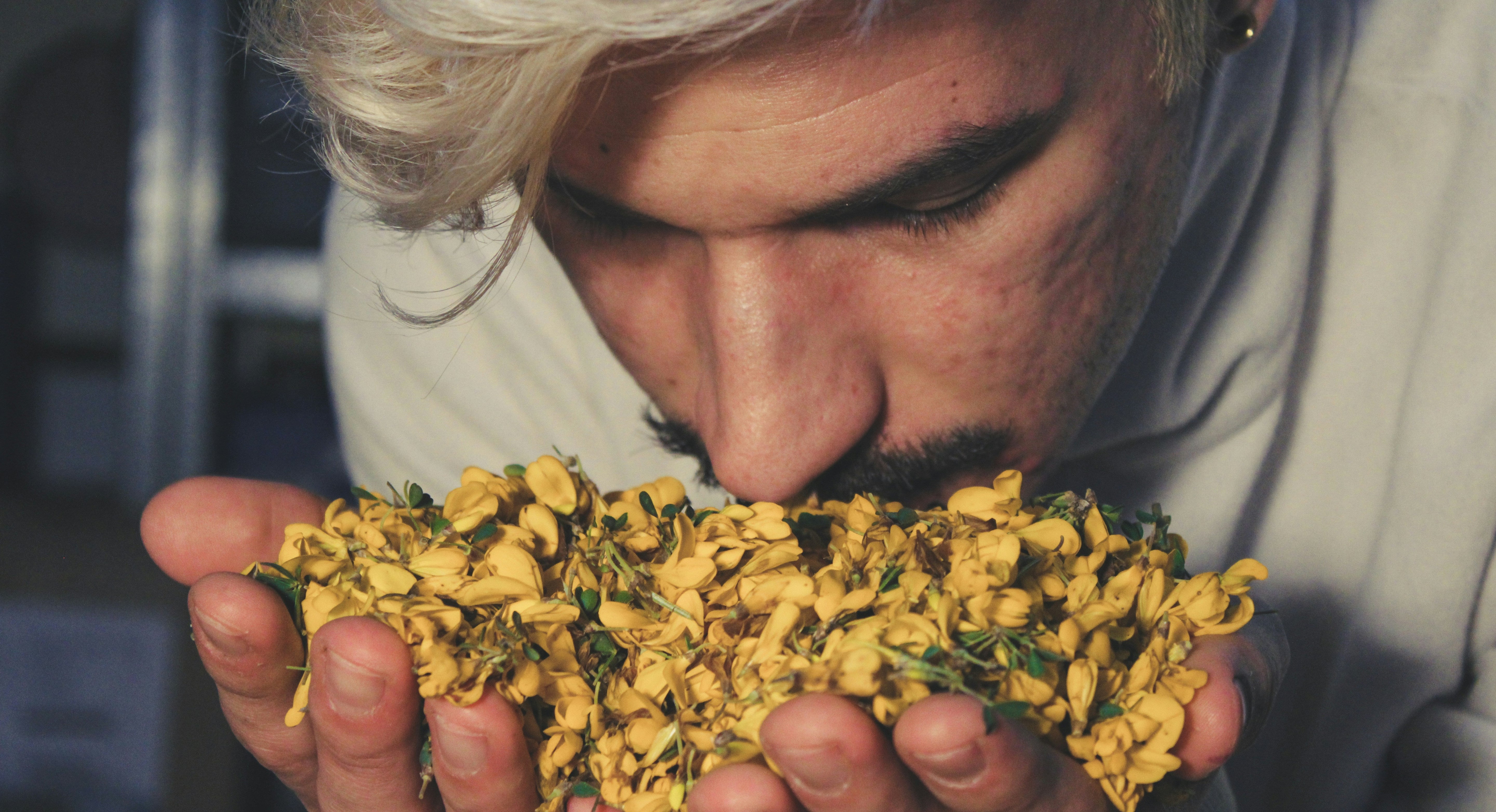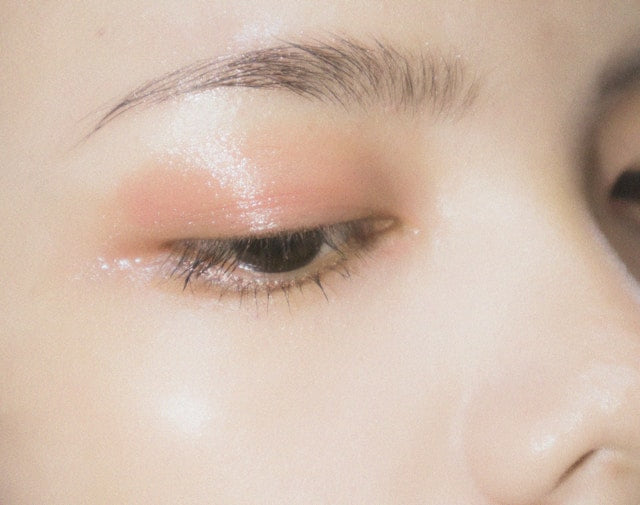Why Brands Should Stay Independent: The Power of Indie Fashion and Beauty

In the beauty and fashion industries, there’s a growing divide between independent brands and venture-backed newcomers. As traditional business models evolve, more indie brands are thriving by staying self-reliant, bypassing the pressures of venture capital, and focusing on their creative vision.
1. The Pressure on Venture-Backed Brands to Perform
When brands receive venture capital, they often enjoy rapid expansion, thanks to significant resources at their disposal. However, this financial backing comes with strings attached, primarily the expectation of accelerated growth and swift returns on investment. Venture-backed companies frequently face intense pressure to scale up quickly and show substantial profit margins, often leading to decisions that prioritize growth over product quality or brand values.
- High Performance Expectations: Venture capitalists (VCs) demand rapid results, leaving little room for gradual development or thoughtful branding.
- Risk of Losing Authenticity: With external financial control, the brand’s core identity might be altered to fit investor expectations.
- Focus on ROI Over Innovation: Venture-backed brands are often forced to focus more on numbers and less on innovation, which can stifle creativity and long-term product development.
2. Benefits of Being an Indie Beauty or Fashion Company
Indie beauty and fashion brands benefit from a different set of dynamics. These companies retain full control over their brand identity, product quality, and operational strategy. The flexibility and authenticity that come with being independent often allow these brands to build a more loyal customer base while also maintaining a strong sense of creative freedom.
- Creative Freedom: Independent brands can focus on innovative designs, unique product formulations, and crafting a brand story that resonates deeply with their audience.
- Direct Connection to Customers: Indie brands often have closer relationships with their consumers, creating communities through social media and engaging storytelling. This direct line of communication fosters trust and customer loyalty.
- Sustainable Growth: Without the pressure of meeting investor expectations, indie brands can grow at a pace that makes sense for them, ensuring steady and sustainable success.
Indie brands are able to carve out their own space in the market, building a niche following that appreciates their dedication to quality and creativity.
3. Funding Doesn’t Equal Product Superiority
It’s an undeniable truth in the industry that the most funded brands are the ones that often get the most visibility, from premium shelf space in retail stores to splashy marketing campaigns. However, just because a brand has a healthy bank account doesn’t necessarily mean they’re offering the best product.
- Shelf Space vs. Product Quality: Many highly funded brands are simply paying for shelf space, which gets them in front of customers but doesn’t guarantee a superior product. This can often lead to a perception mismatch, where the most visible brands are assumed to be the best.
- Marketing Budgets Over Merit: Heavily funded brands often have large marketing budgets, which may lead to a saturation of advertising and shelf presence. However, a flashy ad campaign doesn’t always mean the product lives up to the hype. Consumers are becoming increasingly aware of this dynamic and are more often turning to indie brands for unique, high-quality alternatives.
4. The Shift Toward Owning Customer Relationships
With the rise of e-commerce, many indie beauty and fashion brands are opting to grow their own websites and direct-to-consumer platforms instead of relying on traditional retail stores. This shift allows brands to own the customer relationship from end to end, offering personalized experiences and cutting out the middlemen.
- Direct-to-Consumer Models: More indie brands are growing their own online presence, which allows for greater control over branding, customer interaction, and marketing efforts.
- Department Stores as Marketing Channels: Rather than relying solely on department stores for revenue, many independent brands now view these spaces as marketing tactics—places where new customers can discover their products. This strategy helps build brand awareness while retaining control over the main purchasing platform.
In this era, it’s not uncommon for department store presence to function as a form of marketing for an indie brand's website, where customers can access the full range of products and exclusive content.
Conclusion: Staying Independent is a Competitive Edge
Staying independent offers brands the ability to preserve their authenticity, focus on innovation, and connect directly with consumers. While venture capital can fuel fast growth, it often comes at the cost of creative control and brand identity. Independent brands, on the other hand, can grow sustainably, focusing on long-term success and building genuine customer relationships.
For indie beauty and fashion companies, the power of independence lies in their ability to craft unique products and experiences while avoiding the pressures and compromises that come with external investment.



